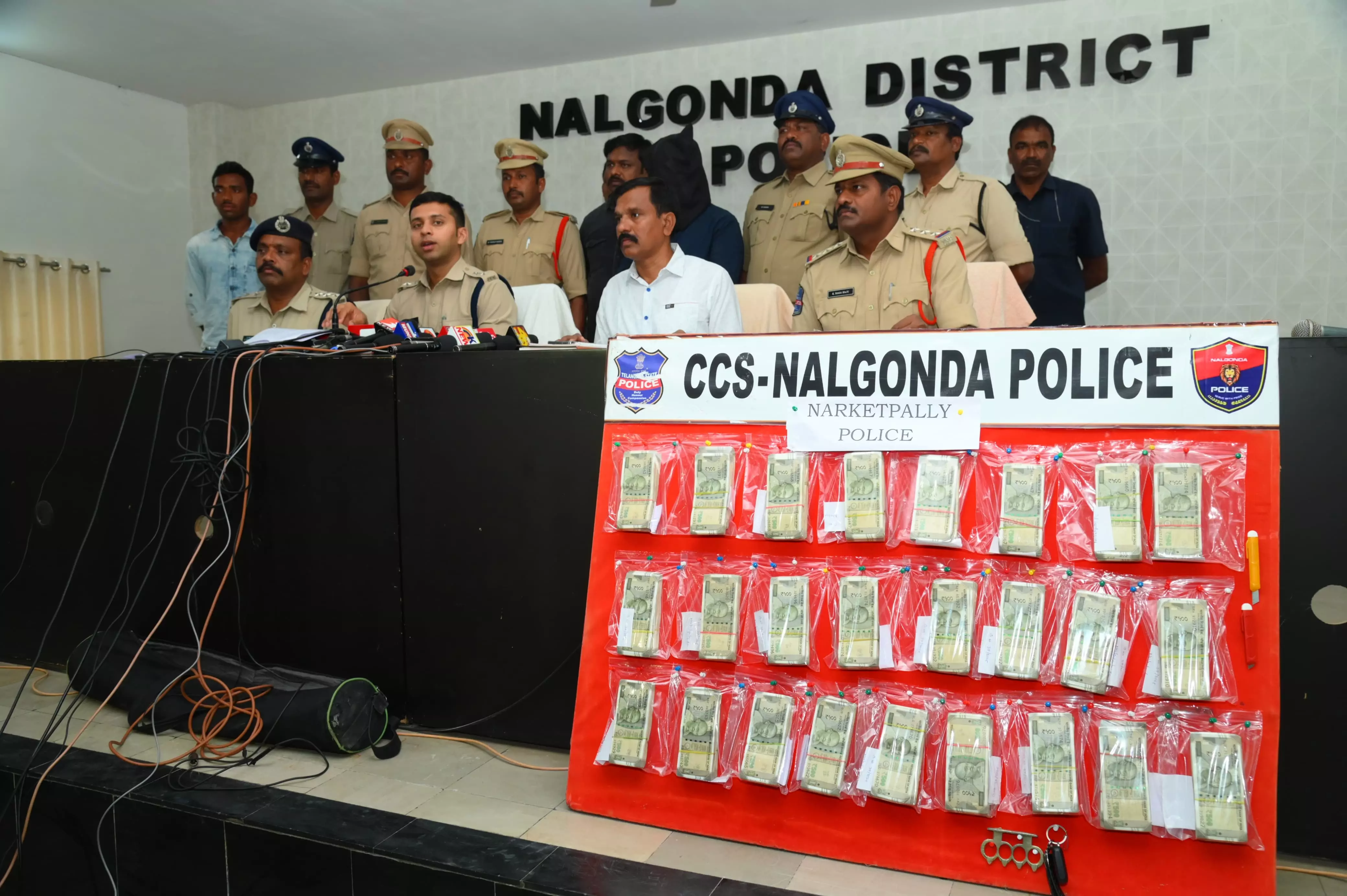
As gardeners, we talk about soil and seeds and seed starting and irrigation and different types of beds, etc. But one thing we don’t talk about very much is something that is even more critical than any of the aforementioned things: pollination. Without pollination, we don’t eat.
You might say, “well, we could eat meat without pollination.” The answer to that would be mostly no. Even the meat we eat tends to come from the animals that eat the green stuff that grows.

Yes, there are exceptions, but just go with me here. So, some might say that understanding pollination is one of the most important things we can understand about our gardens, and understanding which plants pollinate in which ways is crucial to that understanding. So here goes.
In a nutshell, pollination occurs when the pollen from the male part of the plant (the anther) moves to the female part of the plant (the pistil). Some flowers contain both male and female parts, while some plants have male flowers and female flowers. Some plants require both male plants and female plants for pollination to occur.
Then, to complicate it further, some plants are wind pollinated, meaning the pollen from the male flower makes its way to the female flower via the wind. This would include wheat and corn. In any event, there’s lots going on in our gardens when we’re not looking, and it all relates to reproduction.
People are also reading...
Car crash leaves two Holland Hall students dead, one in critical condition Letter: Angered by OSU's Kayse Shrum resignation because of regents' behavior Former Clemson assistant weighs in on OU’s Wes Goodwin hire, Brent Venables calling plays Gov. Kevin Stitt says relationship with Superintendent Ryan Walters 'not very good at all' Oklahoma Tax Commission trying to 'recapture' $5 million in private school tax credits Downtown building housing adult superstore purchased by Elliot Nelson, David Sharp Voting open in 2025 Mr. Inside/Outside and Ms.
Inside/Outside contests Tulsa police investigating Booker T. Washington faculty member Schools make plans for snow day Tuesday; winter storm warning in effect tomorrow NCAA Tournament or not, Porter Moser seems finished at OU | Berry Tramel's ScissorTales Who belongs on the all-time Mt. Rushmore for OU softball? FarmBar owners plan new Cherry Street restaurant and market Brent Douglas, voice of prank call comedy star Roy D.
Mercer, dies How will Shrum's departure affect OSU athletics? 'Very unpopular situation on that campus.' Trump's executive order suspending refugee resettlement program felt in Tulsa Plants in the solanaceous family like peppers, eggplant and tomatoes have what are called “perfect” flowers. Perfect flowers are the ones that contain both male and female flower parts.
This allows them to be pollinated via the wind or by a visiting insect all within the same flower. When flowers bloom in the solanaceous family but are not fertilized, they drop to the ground. This is called blossom drop.
Blossom drop typically occurs when temperatures are below 70 degrees at night or above 90 degrees during the day. This is why our tomato plants tend to stop production during the hot weeks of summer. And then just to complicate it a bit, there are some crops that do not require pollination to produce the harvest we are after.
These plants include lettuce, spinach, arugula, cabbage, broccoli, cauliflowers, carrots, beets and radishes, to name a few. And then there’s potatoes. And if that wasn’t confusing enough, many of the fruit trees, such as pears or apples, must be pollinated from a separate cultivar.
This means that if you hope to grow apples in your yard, you should plant at least two varieties. I am guessing there is someone reading this who has an apple tree that never produces apples who just had a moment of understanding. Each spring we get calls from people who tell us their squash plant is producing flowers, but they are not seeing any fruits develop.
Well, squash produces male flowers and female flowers. The male flowers are the first ones to show up. The female flowers come later.
So, at the beginning of the season you might have a lot of flowers but no fruit because the girls just haven’t gotten to the party yet. You can tell a male flower from a female flower by looking at the base of the flower. The female flowers will have what looks like a tiny little cucumber beneath the flower.
That is what needs to get fertilized through pollination. If you have a small garden that doesn’t seem to produce very many fruits, you might consider adding some flowers. Flowers are good at attracting pollinating insects.
They might visit your garden for the flowers but also visit your vegetables while they are there. This is a strategy we employ at our Seed to Supper Farm. While we have plenty of flowering vegetables at our farm, we also have about a hundred feet of zinnias.
Not only are they beautiful, but they are always abuzz with pollinating insects. It never hurts to have a little bait to help attract pollinating insects, especially for those of us living in the city. We gardeners tend to think of our gardens as either flower gardens or vegetable gardens.
But there’s no reason for this. Having a few vegetables in your flower garden can be beautiful, just like a few flowers in your vegetable garden. This is an example of diversity improving the quality of our garden.
Some people go to a lot of extra effort by attempting to hand-pollinate their vegetable flowers. You can do this by rubbing a cotton swab around the male part of the flower and then transporting that pollen to the female plant. Or some gardeners give their tomato plants a little jiggle whenever they walk by to encourage pollen transfer.
There’s nothing wrong with this, but if you have a healthy population of pollinating insects, it should not be necessary. It might be necessary though if you are growing vegetables in an insect-free greenhouse. In that case, these manual attempts at pollination would become your primary fertilization tool.
See you in the garden! You can get answers to all your gardening questions by calling the Tulsa Master Gardeners Help Line at 918-746-3701, dropping by our Diagnostic Center at 4116 E. 15th St. or emailing mg@tulsamastergardeners.
org . The Tulsa World is where your story lives..














